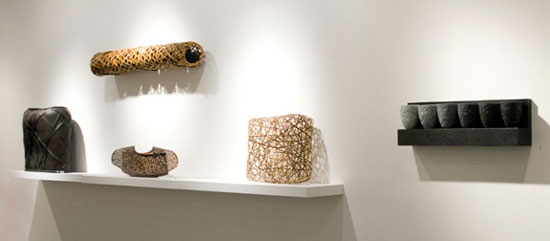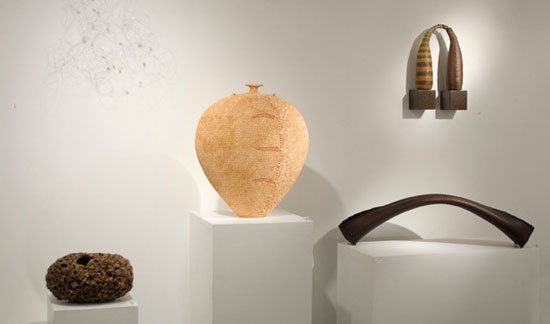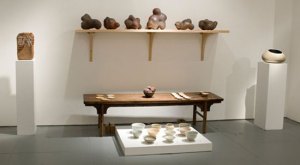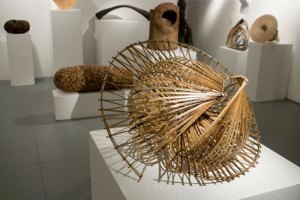
The last couple of months have seen browngrotta arts and the artists whose work we represent make the news in periodicals online and around the world. Lia Cook’s work graced the cover of the December 2010 issue of Textil Forum, published in Germany, as part of a fascinating article by the artist, “An investigation: Woven Faces and Neuroscience”
http://www.
exacteditions.com/
exact/browse/573/
911/7936/2/44?dps=on (more on that project in an upcoming post).The January issue of the always striking online magazine Hand/Eye included a piece on our singular business/life model, “Living with Art,” by artist and writer Scott Rothstein
http://handeyemagazine.com/content/browngrotta-arts. The related slideshow features dozen of art works on display in our barn/gallery/home. (You can read more by Scott Rothstein on his blog, http://artfoundout.blogspot.com, in American Craft magazine and elsewhere.) Meanwhile, the January/February of the UK Crafts magazine includes images from Lizzie Farey’s solo exhibition at City Art Centre, Edinburgh, Scotland http://www.craftscouncil.org.uk/crafts-magazine/latest-issue.

The January issue of Artist Magazine from Taiwan has a several-page article about Norie Hatakeyama by Ming-Whe Liou, with photos by Tom Grotta. We can’t tell you what it says — but it looks good. http://www.artist-magazine.com.
 Last, but certainly not least, the cover of the Spring 2011 issue
Last, but certainly not least, the cover of the Spring 2011 issue
of The Journal of Wealth Management, features Tom Grotta’s photo
of Christine Joy’s willow sculpture, Bundle
https://www.pm-research.com.








